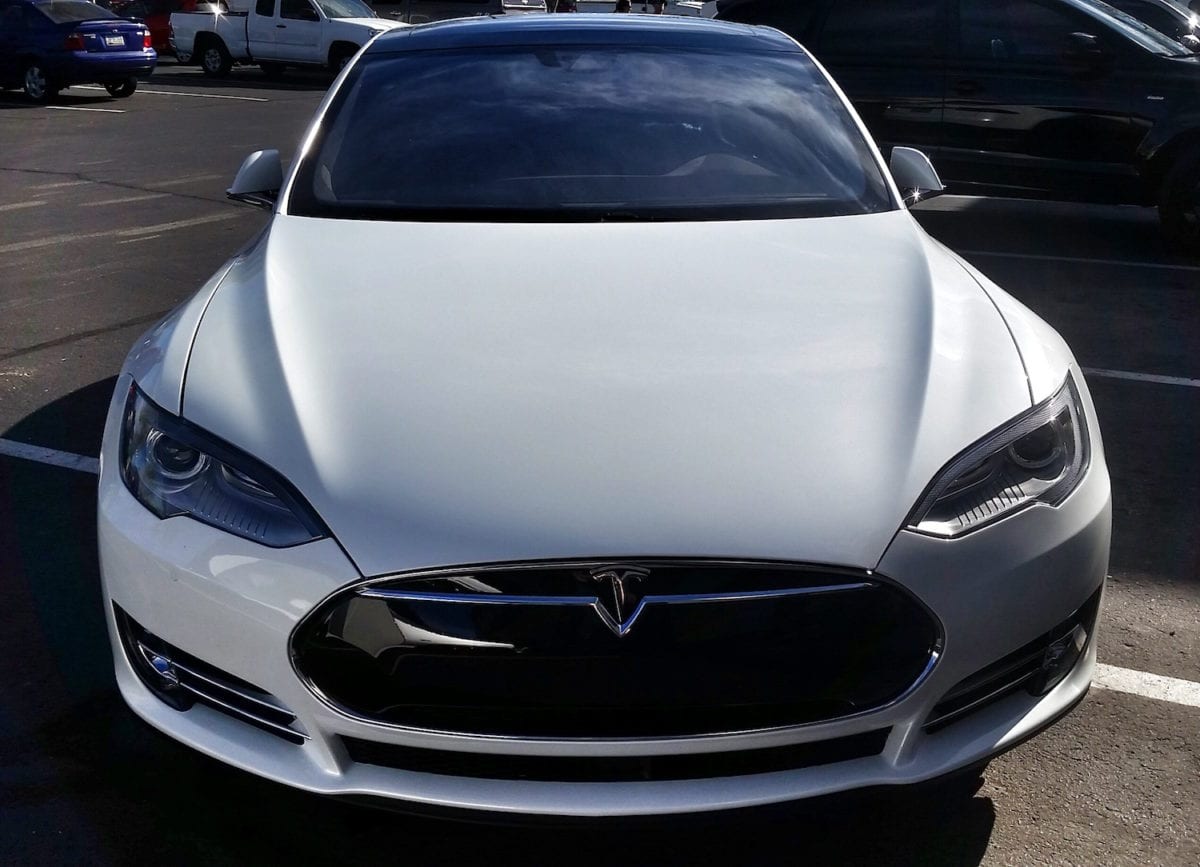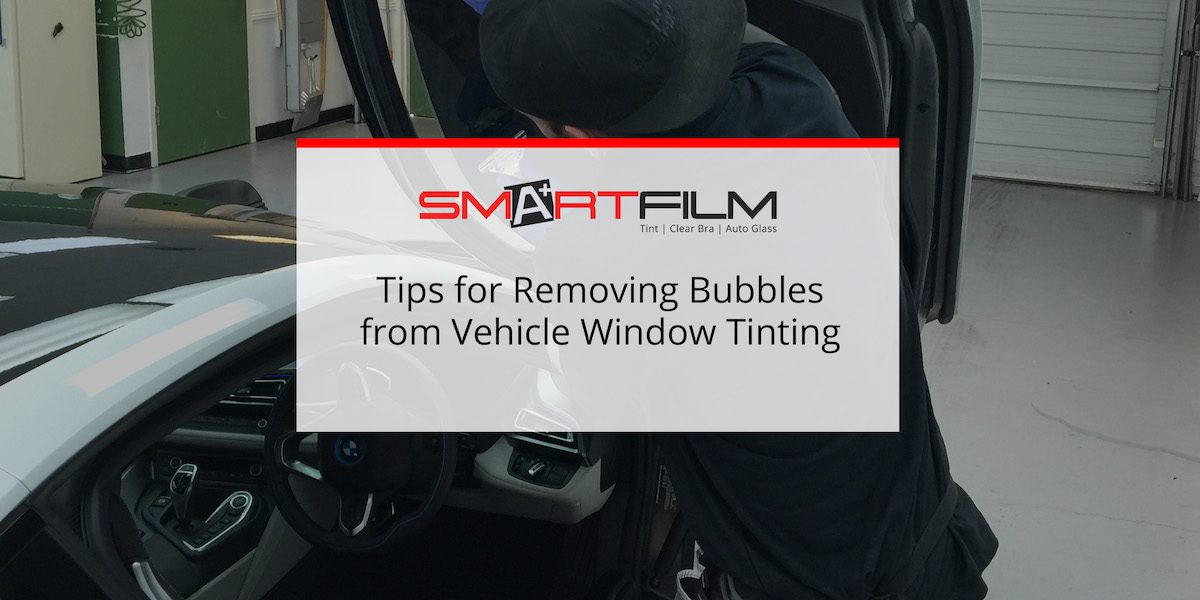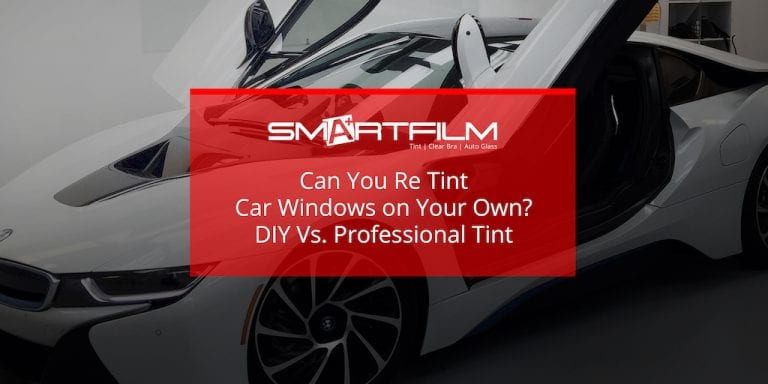Tips for Removing Bubbles From Vehicle Window Tinting
Dealing with bubbles in vehicle window tinting can be frustrating, but with the right techniques, they can be effectively removed to restore the sleek, professional look of your vehicle’s windows. Bubbles are a common issue that can occur during the installation of window tinting or develop over time due to factors like temperature changes and improper application. Whether you’re a DIY enthusiast or seeking professional assistance, knowing the tips and tricks for bubble removal is essential for achieving a flawless finish.
In this guide, we’ll explore various methods and techniques for removing bubbles from vehicle window tinting. From simple DIY solutions to professional-grade tools and practices, we’ll provide practical advice to help you tackle this common problem with confidence. With the right approach, you can say goodbye to unsightly bubbles and enjoy clear, smooth window tinting that enhances both the appearance and functionality of your vehicle.
Main Reasons for Bubbles in Your Vehicle Window Tint
Improper Installation Technique
Improper installation techniques in your window tint can lead to a host of issues that compromise both the aesthetics and functionality of the tint. When window tint is not installed correctly, it can result in visible defects such as creases, wrinkles, and bubbles, which detract from the overall appearance of the vehicle’s windows. These imperfections not only diminish the visual appeal but can also obstruct visibility and pose safety hazards while driving.
Improper installation techniques can compromise the durability and longevity of the window tint. Inadequate preparation of the window surface, improper cutting of the tint film, or using incorrect installation tools can lead to premature peeling, fading, or degradation of the tint over time. This not only necessitates costly repairs or replacements but also diminishes the effectiveness of the tint in providing heat rejection, UV protection, and privacy enhancement.
Dust and Debris
Dust and debris are common nuisances that can detract from the appearance and functionality of various surfaces, including vehicle window tinting. When dust and debris accumulate on the surface of tinted windows, they can create unsightly blemishes and diminish the clarity and transparency of the tint. This not only compromises the aesthetic appeal of the vehicle but also obstructs visibility for the driver and passengers, potentially posing safety hazards on the road.
Moreover, dust and debris can exacerbate issues such as bubbles and creases in window tinting. When trapped beneath the tint film during installation, dust particles can create air pockets that manifest as bubbles, while larger debris can cause wrinkles or tears in the film. These imperfections not only compromise the integrity of the tint but also detract from the overall appearance of the vehicle’s windows.
Low-Quality Tint Materials
Low-quality tint materials pose significant risks and drawbacks for vehicle owners seeking to enhance their windows’ appearance and functionality. When opting for subpar tint materials, such as those made from inferior films or lacking UV inhibitors, consumers may initially save on costs but ultimately pay a higher price in terms of performance and longevity.
One of the most noticeable drawbacks of low-quality tint materials is their tendency to degrade rapidly over time. Inferior films are more prone to fading, discoloration, and peeling, resulting in a compromised aesthetic and reduced effectiveness in providing heat rejection and UV protection. As a result, vehicle owners may find themselves needing to replace the tint prematurely, leading to additional expenses and inconvenience.
Moreover, low-quality tint materials often lack the durability and resilience necessary to withstand the rigors of daily use and exposure to environmental factors. Inferior films may be more susceptible to tears, scratches, and abrasions, particularly during installation or when cleaning the windows. This compromises the integrity of the tint and diminishes its ability to maintain a sleek, professional appearance.
Environmental Factors

Environmental factors play a significant role in the maintenance and longevity of vehicle window tinting. Exposure to elements such as sunlight, heat, humidity, and pollutants can impact the appearance and performance of tinted windows over time. Sunlight, in particular, can cause fading, discoloration, and deterioration of the tint film, leading to a compromised aesthetic and reduced effectiveness in providing heat rejection and UV protection.
Heat and humidity can exacerbate issues such as bubbling, peeling, and adhesive failure in window tinting. High temperatures can cause the tint film to expand and contract, leading to the formation of air pockets or bubbles between the film and the window surface. Additionally, moisture from humidity or rainfall can seep beneath the tint film, compromising its adhesion and integrity.
Environmental pollutants such as dirt, dust, pollen, and debris can accumulate on the surface of tinted windows, detracting from their appearance and obstructing visibility. These particles can scratch or abrade the tint film, leading to diminished clarity and reduced performance over time. Additionally, pollutants can trap moisture against the window surface, creating conditions conducive to mold and mildew growth, which further compromise the integrity of the tint.
Inadequate Preparation
Inadequate preparation is a critical factor that can significantly impact the outcome of vehicle window tinting. Proper preparation of the window surface is essential to ensure the adhesion and longevity of the tint film. Failure to adequately prepare the windows before tint installation can result in a range of issues, including poor adhesion, bubbling, peeling, and overall unsatisfactory results.
One of the key aspects of preparation is thoroughly cleaning the window surface to remove any dirt, dust, grease, or other contaminants that may interfere with the tint’s adhesion. Failure to clean the windows properly can result in adhesion failure, where the tint film does not bond securely to the window surface, leading to bubbles or peeling over time. Additionally, contaminants left on the window surface can create imperfections in the tint film, detracting from its appearance and clarity.
Moreover, inadequate preparation may also include failing to dry the windows properly before tint installation. Moisture trapped beneath the tint film can cause bubbling, cloudiness, or adhesive failure, compromising the integrity and effectiveness of the tint. Proper drying ensures that the window surface is clean, dry, and free of any moisture that could affect the tinting process.
Age of Films
The age of window tint films is a crucial factor that affects their performance and appearance over time. As window tint films age, they may experience degradation, discoloration, and loss of effectiveness in providing heat rejection and UV protection. The rate at which tint films age can vary depending on factors such as the quality of the materials used, exposure to environmental elements, and maintenance practices.
One of the most noticeable effects of aging window tint films is discoloration. Over time, exposure to sunlight and other environmental factors can cause the tint film to fade or change color, resulting in a yellowish or brownish hue that detracts from the appearance of the windows. This discoloration not only diminishes the aesthetic appeal of the vehicle but may also indicate a loss of UV protection and heat rejection properties.
Tips to Fix a Film

Deciding on whether to repair or replace window tinting depends on several factors, including the extent of the damage, the age of the tint, and personal preferences. For minor issues such as small tears, scratches, or isolated bubbles, repairing the tint may be a cost-effective solution. Repair techniques such as patching, smoothing out bubbles, or buffing out scratches can often restore the tint’s appearance and functionality without the need for a full replacement.
However, if the damage is extensive or if the tint is nearing the end of its lifespan, replacement may be the more practical option. Window tinting that has significant discoloration, adhesive failure, or widespread bubbling or peeling may not be effectively repaired and could continue to deteriorate over time. In such cases, replacing the tint with a fresh installation ensures optimal performance, appearance, and longevity.
One of the most important aspects of maintenance is keeping the tinted windows clean and free of dirt, dust, and other contaminants. Regularly washing the windows with a mild detergent and water, followed by gentle wiping with a soft cloth or squeegee, helps remove debris that can scratch or damage the tint film. Avoid using abrasive cleaners or tools that could scratch the tint or degrade its adhesive properties.
Additionally, periodically inspecting the tinted windows for signs of damage or wear is crucial for identifying issues early and addressing them promptly. Look for signs of bubbling, peeling, discoloration, or adhesive failure, as well as scratches, tears, or other damage to the tint film. Addressing these issues promptly can prevent them from worsening and extend the lifespan of the tint.
Preventing Window Tint Bubbles
Moreover, the quality of the tint material itself plays a significant role in the overall performance and durability of the tinting. High-quality tint materials are made from premium-grade films that offer superior heat rejection, UV protection, and clarity.
When proper installation technique is combined with high-quality tint material, the result is window tinting that offers optimal performance, aesthetics, and longevity. Professional installers who use premium-grade tint materials and adhere to industry best practices can achieve flawless tint applications that enhance both the appearance and functionality of the vehicle’s windows.
Contact us!
Our expert window tinting and paint protection film services in Mesa, Tempe, Gilbert, and the surrounding Arizona metro area will keep your car cooler, protect your loved ones from UV rays, and maintain its pristine condition.







